Capital Gains Inclusion Rate Increase
The 2024 Federal Budget tabled earlier this week includes a lot of new government spending. To fund these new initiatives, the Liberals are proposing raising taxes in several ways and one in particular will affect many people who owns rental or investment properties.
As of June 25th, 2024, anyone who sells a rental or investment property will be subject to a potential higher tier of taxes on the capital gains.
Capital gains up to $250,000 will still be subject to the existing 50% inclusion rate, meaning only half of the capital gain is added to your taxable income. However, any capital gains over $250,000 will now be subject to a 66% inclusion rate, adding an extra 16% the capital gains over that threshold to your taxable income.
Typical Example for the Comox Valley
As an example, a person who bought a rental property 10 years ago for $400,000 in the Comox Valley would likely be able to sell that property today for $850,000. This would result in a $450,000 capital gain (for simplicity, we’re ignoring the realtor and legal fees that might be charged on the sale, which would deducted from the capital gain).
If that person earns a salary of $70,000 through their regular employment and has net rental income of $10,000 in the year up to the sale, they would have $80,000 of taxable income before the capital gains are included. Next, the table below shows how their existing capital gains and the new capital gains result in different total taxes payable.
| Existing | New | |
| Inclusion Amount | $225,000 | $257,000 |
| Taxable income (adding up all taxable income) | $305,000 | $337,000 |
| Taxes Payable (2024 tax rates, as of publication) | $113,831 | $130,951 |
The end result for our hypothetical rental property owner is that by selling their property after June 25th they will pay an extra $17,120 in taxes to the federal and provincial governments.




